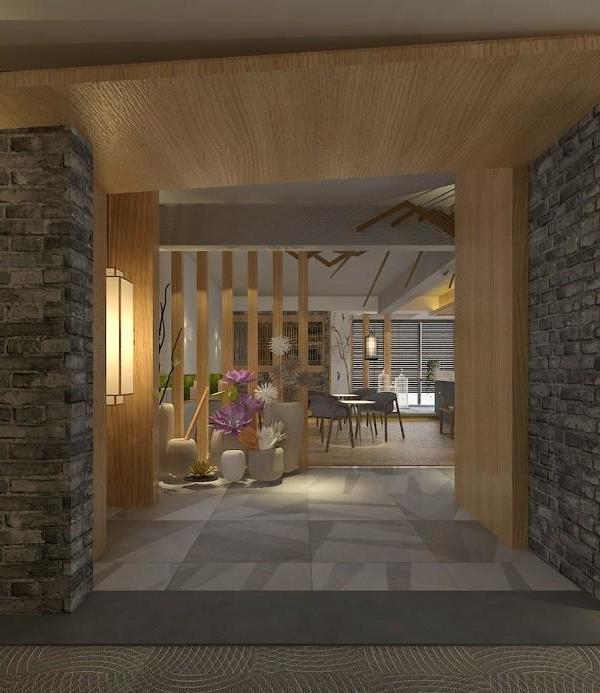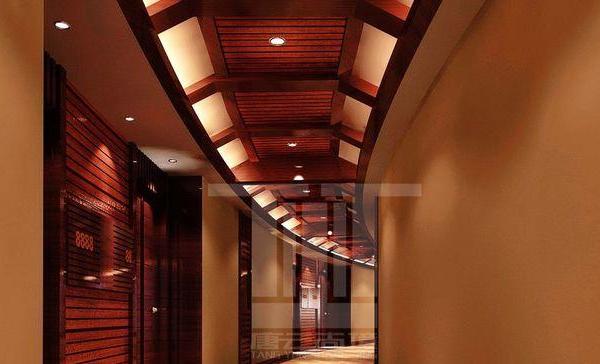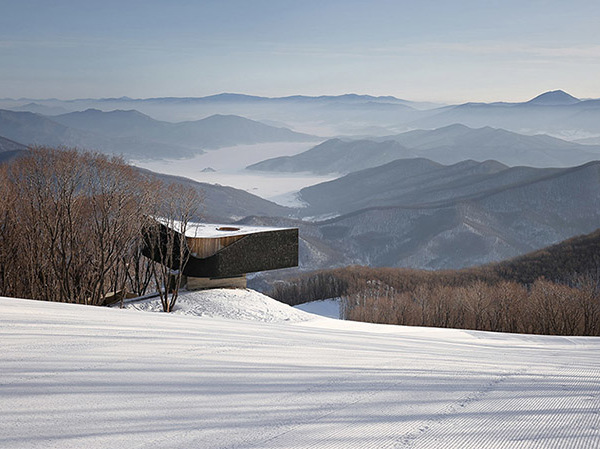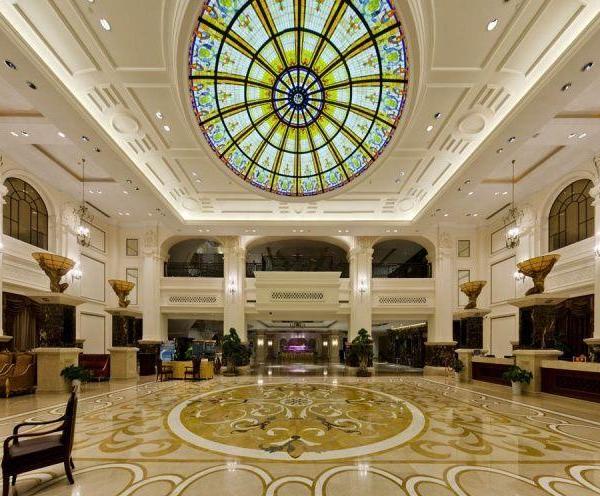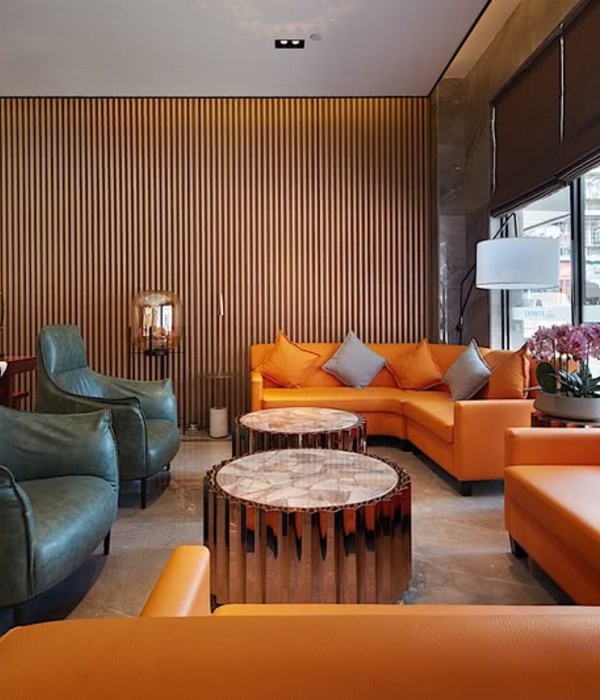© Simon García
西蒙·加西亚
架构师提供的文本描述。自从20世纪20年代,勒柯布西耶出版了他的“屋顶花园理论”以来,这已经有近一个世纪了。他的“屋顶花园理论”是他新建筑五点中的第五部分,它涉及到露台的使用。虽然我们可以认为爬上屋顶是人类和技术进步建设性解决方案的一个古老的冲动,但今天我们城市的屋顶却没有得到充分利用。
Text description provided by the architects. It’s been almost a century since Le Corbusier, published in the 20s his “Theory of the roof-garden,” seed of the fifth of his five points for a new architecture, which addresses the use of the terrace. Although we can think that climbing up the roof is an ancient impulse of human and technical progress of constructive solutions, today roofs of our cities are underused.
© Simon García
西蒙·加西亚
“生活屋顶”项目-(重新)激活屋顶-建议探索使用当代城市屋顶的可能性,通过使用将其改造成一个建筑空间,将其作为与城市景观上方高架平面状况相关的辅助活动。
The project “living-roof”-(re) activate the roofs proposes an exploration of the possibilities of use of contemporary urban roofs, transforming them -through its use- in an architectural space to be lived and used as support activities associated with their condition of elevated plane over the cityscape.
调查的起源是同样位于萨拉戈萨的埃布罗环境中心的屋顶,探索公共设施作为城市空间、观点、能源收集器、绿地甚至城市花园的可能性。
The origin of the investigation was the roof of Ebro Environmental Center, also in Zaragoza, exploring the possibilities of a public facility as urban space, viewpoint, energy collector, green area, and even as urban garden.
© Simon García
西蒙·加西亚
© Simon García
西蒙·加西亚
根据这一经验,新项目的重点是私人景观,促进家庭生活领域的设施和活动,这也反映了其他部门,如旅馆,利用屋顶的机会的势头。
With this experience, the new project is focused on private landscapes, boosting facilities and activities in the field of domesticity, which also reflected the momentum in other sectors, such as hotel, to opportunities to use roofs.
© Simon García
西蒙·加西亚
俯瞰萨拉戈萨的展馆往往是一个便携式和可移动的模块化装置的原型,它改变了户外活动支撑系统中的旧瓷砖露台,使城市景观成为新用途的背景。L展馆的布置-通过纵向的坡高拉连接起来-设定了空间的限制,以及屋顶周边其余两侧的景观设计。
The pavilions overlooking Zaragoza tend to be a prototype of a portable and removable modular installation, that transforms an old tiled terrace in a supporting system of outdoor activities, making the cityscape in the background of the new uses. The arrangement of the L-pavilions -linked by a longitudinal pergola – set the limits of space, along with the landscaping in the remaining two sides of the perimeter of the roof.
© Simon García
西蒙·加西亚
所用材料可在两周内快速组装,并促进内外边界的溶解,特别是在滑动和堆叠细木工的情况下,使室外门廊中的亭子发生变化。展馆的双重方向加强了交叉通风,对历史城镇有吸引力的景观,而另一边的园艺,作为一个植物格,限制了对居住结构的环境。
The used materials allow a quick assembly in two weeks and enhance the dissolution of boundaries between inside and outside, especially in the case of sliding and stacking joinery, which transform the pavilions in outdoor porches. The dual orientation of the pavilions enhance cross ventilation, power attractive views over the historic town while gardening on the opposite side, as a vegetal lattice, limits visions towards the residential fabric of the environment.
© Simon García
西蒙·加西亚
Architects Magén Arquitectos
Location Casco Antiguo, Zaragoza, Zaragoza, Spain
Category Temporal Installations
Author Architect Magén Arquitectos, Rebeca Tristán
Contractor Demebesa Infraestructuras SL
Area 242.65 sqm
Project Year 2014
Photographs Simon García
{{item.text_origin}}



